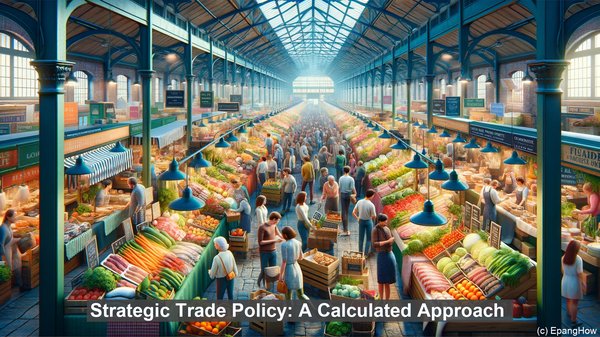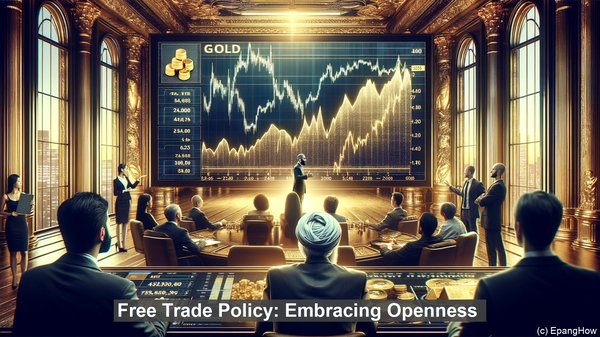Introduction: The Essence of Trade Policies
Greetings, trade enthusiasts! Before we dive into the differences between strategic trade policy and free trade policy, let’s establish a common ground. Trade policies are crucial tools employed by governments to shape their nation’s economic interactions with the world. They are designed to safeguard domestic industries, stimulate economic growth, and foster international relationships.

Free Trade Policy: Embracing Openness
Free trade policy, as the name suggests, revolves around the idea of minimal barriers to trade. It promotes the exchange of goods and services between countries without imposing significant restrictions. Under a free trade regime, tariffs, quotas, and other trade barriers are reduced or eliminated, allowing for a seamless flow of goods across borders. The underlying principle is that such openness can lead to enhanced competition, efficiency, and consumer welfare.
Strategic Trade Policy: A Calculated Approach
In contrast, strategic trade policy is more interventionist in nature. It involves a deliberate and calculated approach to trade, with the aim of maximizing a nation’s long-term economic advantage. This policy often entails targeted support, subsidies, or protectionist measures for specific industries or sectors. The rationale behind strategic trade policy is to create and maintain a competitive edge in key areas, even if it means deviating from the principles of free trade in the short term.

The Role of Market Imperfections
One of the key factors that differentiate these two policies is the consideration of market imperfections. Free trade policy assumes the presence of perfectly competitive markets, where no single entity can influence prices or market dynamics. On the other hand, strategic trade policy recognizes that markets are not always perfectly competitive, and certain industries may face barriers to entry or exhibit economies of scale. In such cases, strategic interventions can help level the playing field and ensure a nation’s economic interests are protected.
The Importance of Global Context
Another aspect to consider is the global context. Free trade policy operates on the principle of reciprocity, where countries lower trade barriers in exchange for similar actions from their trading partners. It relies on multilateral agreements, such as those facilitated by the World Trade Organization (WTO), to ensure a level playing field. Strategic trade policy, on the other hand, may be driven by unilateral actions, as nations strive to gain a competitive advantage in specific sectors, even if it means deviating from the broader global norms.
Balancing Act: The Policy Dilemma
For policymakers, choosing between these two approaches can be a delicate balancing act. Free trade policy offers the benefits of efficiency, access to a wider range of goods, and potential gains from specialization. However, it also poses challenges, such as the risk of job displacement in certain industries or the potential for overreliance on foreign suppliers. Strategic trade policy, while providing a means to protect and nurture domestic industries, can also invite retaliation from trading partners or distort market dynamics if not implemented judiciously.
